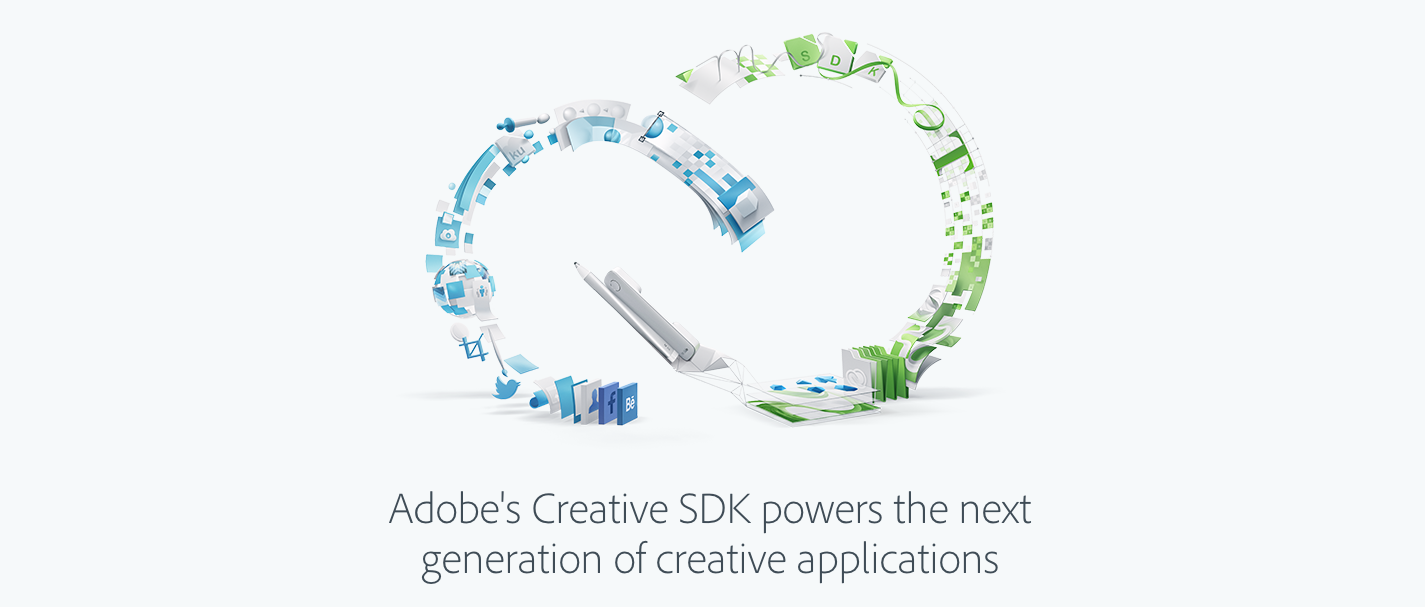The iPhone is good at many trivial tasks such as playing games and watching videos, but this week I experienced firsthand how much its portability and apps matter when dealing with an emergency situation.
Essential
iOS 8 and The Weather Channel→
Kara Swisher, writing at Re/Code about a data provider change in the Weather app for iOS 8:
To convince Apple to make the shift and cut Yahoo out of the middle, the Weather Channel added a lot more technology and information to the offering that it does not provide to Yahoo. That includes more weather specificity related to the location of a user, a nine-day forecast (up from five), a weather-conditions summary and more.
Over the past year, I’ve been using two weather apps on my iPhone: Weather Line and Apple’s Weather app. While I like Weather Line for its visualization of temperature changes, I find the default Weather app a good enough all-in-one solution (unlike others, I can’t enjoy the benefits of Dark Sky alerts here, otherwise I’d install it).
The changes provided by The Weather Channel appear to be ultimately best for the majority of iOS users, and, in my tests with the iOS 8 beta, the summary integrated in Notification Center has been accurate and useful. It seems that Apple is making a good move, and I’m also excited about the idea of third-party apps offering their own weather summary widgets for Notification Center (in my case, national and local services).
Directional: E4→
This week Federico and Myke clear house with some of the remaining stories and interesting tidbits from E3. They also have an extended look at what games they’ve been playing recently.
A lot of links and interesting reads in the show notes. Also, Myke reviews Tomodachi Life, Nintendo’s quirky new life simulator for the 3DS. Get the episode here.
Friending the App Store→
Andy Baio shares thoughts (with mockups) on what he’d like to see on the App Store for social recommendations:
My hope is that Apple, and every other app store, can take a page from the last decade of the social web. Give its users a public identity, an incentive to share what they love, and the ability to find and follow others like them.
These are some interesting ideas – especially for indie game developers – and I agree. Social recommendations and “developer notifications” could drive significant traffic to apps recommended by people you trust (your friends) or developers you trust (the ones that make apps you already use), albeit with a different set of questions (how many notifications do you want to receive? How often? From which developers?).
I also think, though, that before social recommendations Apple needs to educate users on the idea of sharing quality apps/games and recommending them to their friends. In this regard, I believe that Explore is going to be an important addition: curated collections and sub-categories will help in communicating the richness and quality of selected App Store content that can be lost in the Top Charts that most people see as an indication of “what’s cool”.
iOS 8 Manual Camera Controls→
Writing at AnandTech, Joshua Ho details the manual camera controls that iOS 8 will add for third-party developers:
For the longest time, iOS had almost no camera controls at all. There would be a toggle for HDR, a toggle to switch to the front-facing camera, and a toggle to switch to video recording mode. The only other tool that was accessible would be the AE/AF lock. This meant that you had to hope that the exposure and focus would be correct, because there was no direct method of adjusting these things. Anyone that paid attention to the WWDC 2014 keynote would’ve heard maybe a few sentences about manual camera controls. Despite the short mention in the keynote, this is a massive departure from the previously all-auto experience.
From Apple’s description:
The AVFoundation framework makes it easier than ever for users to take great photos. Your app can take direct control over the camera focus, white balance, and exposure settings. Your app can also use bracketed exposure captures to automatically capture images with different exposure settings.
This means that, for developers, it’ll be easier than ever to build alternative, (possibly) pro-oriented camera apps without writing those controls manually as they will be exposed in the official APIs. It’s a big change.
Combined with the ability to delete photos from the Camera Roll and save edits back to the original files, Apple is making third-party camera apps first-class citizens of iPhone photography, which should result in better photos, more available storage, and a more fluid experience.
iOS 7’s Activation Lock Helps Reduce iPhone Thefts→
Brian X. Chen, writing for The New York Times about the effect of iOS 7’s Activation Lock on iPhone thefts:
For several years, cellphone theft has been a growing epidemic worldwide. But the police in New York, San Francisco and London say they are finally starting to see a dip in thefts of one of the most popular smartphones.
The reason? The attorney general of New York, Eric T. Schneiderman, and the district attorney of San Francisco, George Gascón, share the theory that phone thefts are dropping because of Apple’s addition of a so-called kill switch, a type of antitheft technology, in its iPhone in September.
This is great news, and I would like to see Apple push Find My iPhone even more in the future. I’m surprised every time someone tells me they don’t know what iCloud or Find My iPhone can do, or that a stolen iPhone can be visualized through the Find My iPhone web interface. It’s good to know that Apple’s tech is working and that more companies are adopting kill switches for mobile devices.
A Recap of Adobe’s Creative Cloud 2014 Announcements
Adobe yesterday pushed some huge updates to their Creative Cloud desktop apps, as well as launching new mobile apps, a Creative Cloud SDK for third parties, and even some hardware products. To get your head around all of Adobe’s news, we’ve put together this brief recap of all the news, with links to great articles and reviews if you’re interested in learning more.
“Our shift to Creative Cloud has given us a broad canvas on which to innovate like never before,” said David Wadhwani, senior vice president, Digital Media, Adobe. “We’ve taken bold steps with this milestone release, fast-tracking new features to industry-defining tools like Photoshop and InDesign, while introducing mobile apps that turn tablets into indispensable creative tools.”
Creative Cloud SDK
Time will tell, but perhaps the most significant announcement in the long-term will be Adobe’s announcement of a Creative Cloud SDK. This SDK will allow third party developers to do everything from incorporate their apps with Adobe’s Creative Cloud storage component, enable compatibility with Photoshop documents (.PSD), support Adobe’s new Ink and Slide hardware, publish directly to Behance and a whole lot more. You can read more about the SDK on Adobe’s website and request access to the private beta.
Khoi Vinh has a great take on all of Adobe’s announcements that you should really read, but I think his comments on the Creative Cloud SDK are particularly great.
A properly implemented third-party developer ecosystem could mean that the next Photoshop or Illustrator competitor won’t have to fight against the full might of Adobe in order to gain mass acceptance. Rather, with access to Creative Cloud’s millions of pre-qualified customers of creative tools, they could compete against Adobe’s marquee apps on a feature-by-feature basis. So long as they’re driving more subscriptions, Adobe benefits regardless.
The Prompt: Scanning Broccoli in to Amazon→
With summer here, the boys stay cool with topics ranging from Apple’s “new” iMac, Handoff and the Amazon Fire Phone.
On this week’s episode of The Prompt, we also cover features in the Messages app for iOS 8 that are reminiscent of WhatsApp, and I’m taught a lesson about buying groceries on Amazon. Get the episode here.
(Sponsored by Lynda.com)
Twitter Adds Support for Animated GIFs on Web, Android, and iPhone→
Starting today, you can share and view animated GIFs on http://t.co/wJD8Fp317i, Android and iPhone. http://t.co/XBrAbOm4Ya
— Twitter Support (@Support) June 18, 2014
Finally.
Animated GIFs will be shared with the same pic.twitter.com links the service uses for its native image uploads, and they will be animated inline.
Right now, clicking a pic.twitter.com GIF link in Tweetbot doesn’t open the GIF but redirects to the same tweet. It’s not clear at this point whether GIFs are supported in the Twitter API and if third-party developers will be able to display animated GIFs in their Twitter clients soon. Read more




